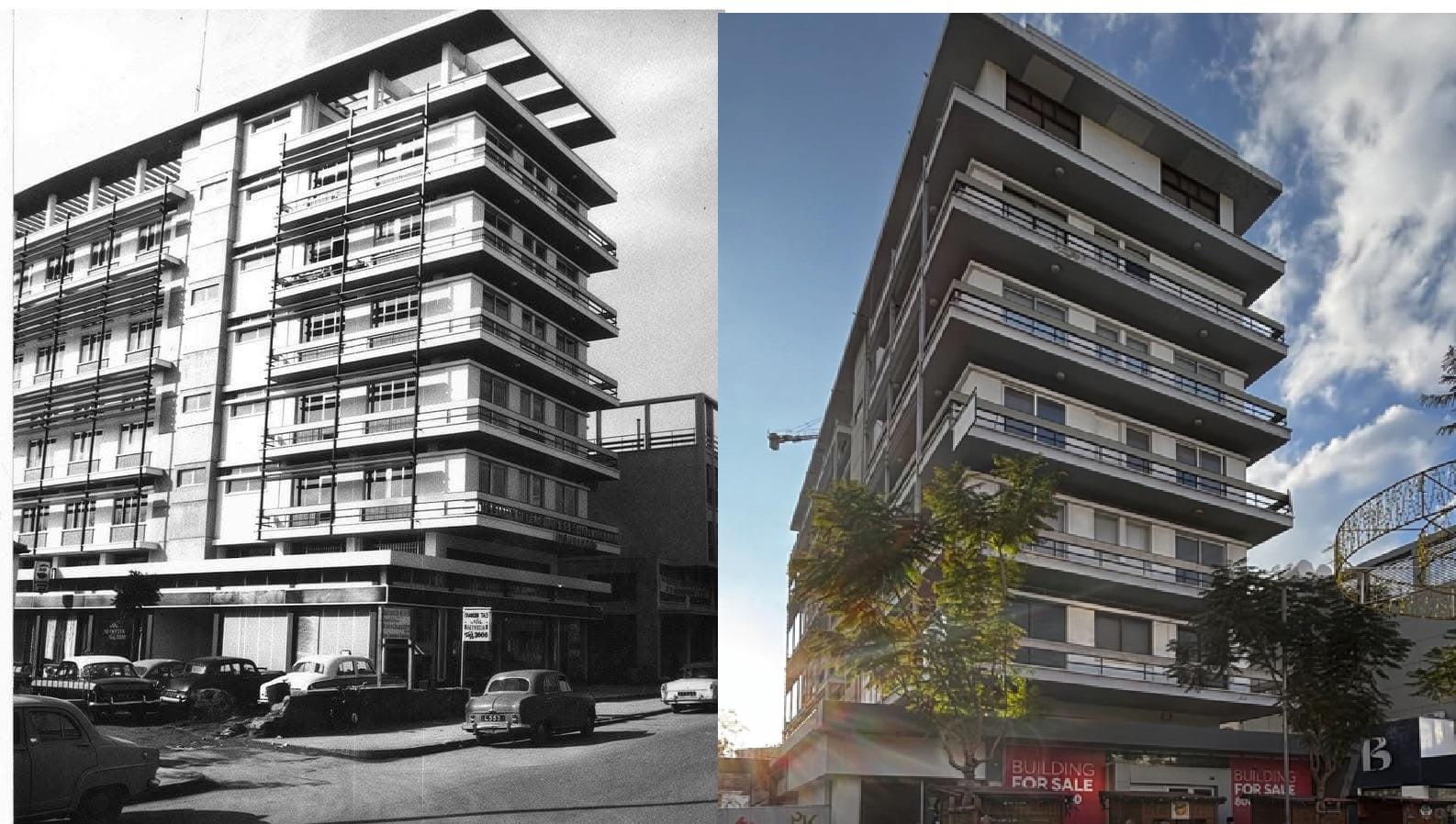Nicosia wants to demolish a six-storey building on Makarios Avenue, which for many years was the symbol of the Cypriot capital's shopping centre. The building in question is the Nicosia Teachers' Savings Bank building.
It was recently sold at auction for €7.5 million. The total area of the building is 2.6k m2. The new owner intends to demolish the old building and build a high-rise in its place.
It should be noted that this initiative has been opposed by the Cyprus Architects Association. In a statement issued on 8 January, the association described the decision to demolish the building as 'a blow to the historical development of the centre of the capital'. The architects called on the local authorities to reconsider the plans and take care to preserve the city's cultural identity and historical memory. Their statement came in response to the news of the building's inevitable demolition.

The Nicosia Teachers' Savings Bank, built in 1968 and designed by architect Pefkios Georgiadis, is considered a striking example of modernist architecture adapted to the Cypriot landscape. The association stressed that such structures are of international importance and their preservation is in line with the principles of the New European Bauhaus movement, which aims to protect and adapt architectural monuments to modern architecture in Europe. The architects noted that the building symbolises an era of creative expression when modernist ideas were combined with local traditions.
In their statement, the experts highlighted the environmental importance of reusing existing buildings. According to them, demolishing a building and building a new skyscraper is more polluting and often more expensive than adapting an existing structure to modern realities.
The association called on government authorities to 'register and protect buildings of historical value' to prevent their destruction. According to the architects, the preservation of such objects will enrich the cultural heritage and at the same time support the sustainable development of urban areas. The fate of the Makarios Avenue building will be an important test for the authorities in preserving Nicosia's architectural heritage and cultural identity.
